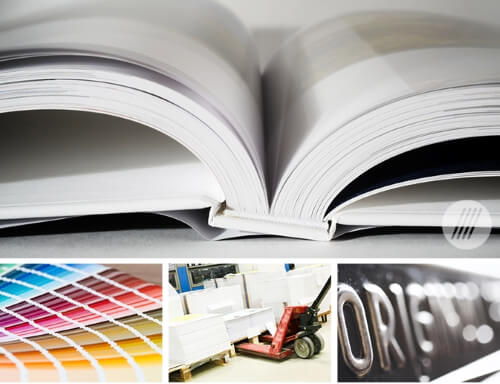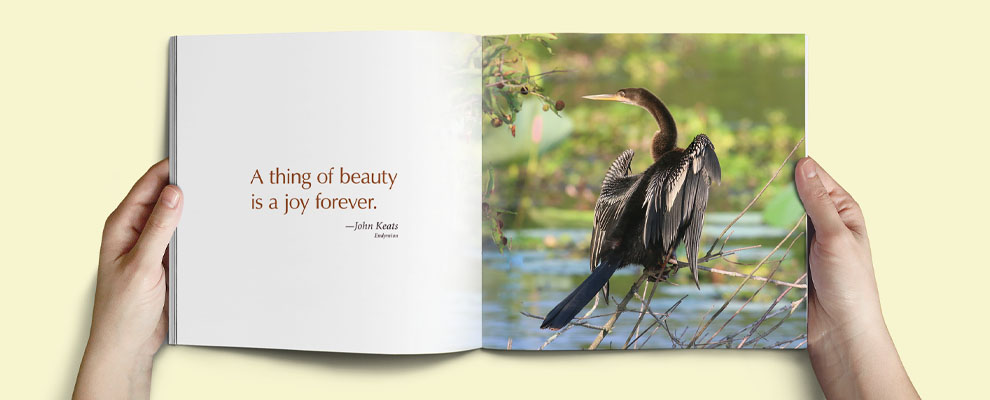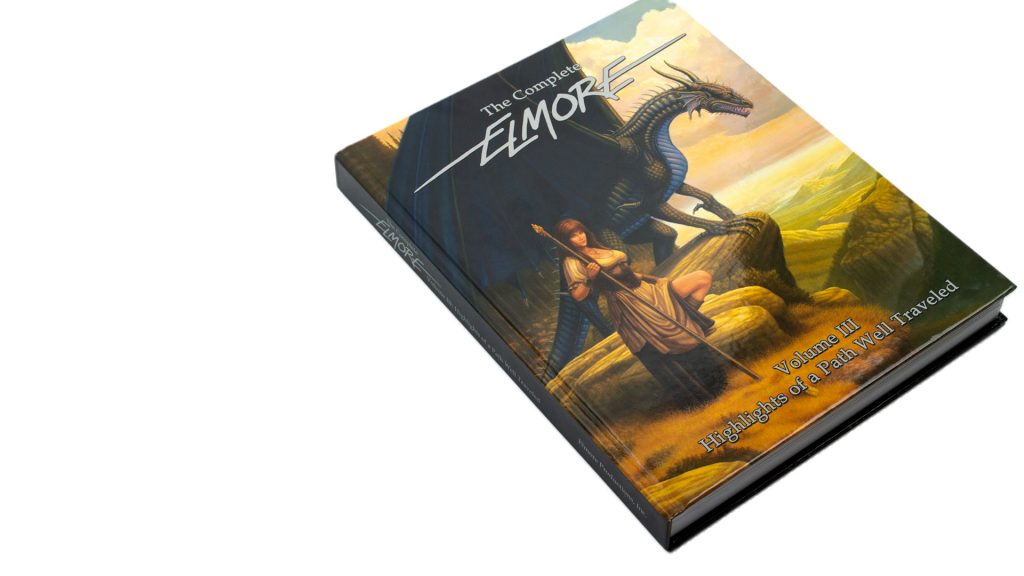Offset vs. Digital Printing: What's Best for Your art book?
Offset vs. Digital Printing: What's Best for Your art book?
Blog Article
Unveiling the Secrets of Effective Art Book Printing Techniques for Creative Professionals
When it involves producing an art book, every detail matters. You require to think concerning paper selection, binding choices, and color precision. It's not practically visuals; it has to do with just how your work resonates with the audience. The selections you make can elevate your task or lessen it. So, what are the essential strategies that can guarantee your art book attracts attention in a congested market? Allow's check out these important components even more.
Understanding the Value of Paper Option
When it comes to art book printing, paper selection is crucial for attaining the wanted visual effect. The kind of paper you choose can significantly affect exactly how colors appear, appearances really feel, and just how your artwork resonates with visitors.
A glossy finish can make shades pop, while a matte surface may provide a more controlled, imaginative ambiance. Furthermore, don't overlook the value of acid-free paper to guarantee durability and stop yellowing gradually.
Examination examples prior to completing your selection; this'll help you see how your art interacts with different documents. Ultimately, the appropriate paper can raise your art book from ordinary to remarkable, making a long lasting perception on your audience.
Discovering Binding Options for Art Books
As you immerse on your own worldwide of art book printing, checking out binding options is crucial for bringing your vision to life. The selection of binding effects not just the aesthetic appeals however additionally the capability of your book. For a sleek and modern look, think about best binding, which permits a flat spinal column and easy readability. If you want a more tactile experience, try saddle stitching, which is great for thinner publications and maintains expenses down.
For a robust and artistic feel, case binding supplies sturdiness and a professional touch. If your book consists of distinct aspects, like fold-outs or blended media, lay-flat binding could be your best option, permitting pages to open up totally without losing material. Each option has its staminas, so assume concerning your book's objective and audience. Select intelligently, and your binding will improve the total effect of your art book.
Grasping Color Accuracy in Print

When preparing your data, transform images to the CMYK shade setting, as this is what printers utilize. Be conscious of shade rooms; Adobe RGB offers a broader gamut than sRGB, yet it's essential to convert to CMYK before publishing to stay clear of surprises.
Examination prints are very useful; they allow you see exactly how colors translate to paper. Make modifications based on these evidence. Communicate with your printer about your color assumptions-- partnership can lead to magnificent results. With attention to detail, you can achieve vibrant, true-to-life shades in your art book.
Making Certain High Photo Resolution for High Quality
To ensure your art book catches the spectacular information of your pictures, high image resolution is necessary. Go for a minimum of 300 DPI (dots per inch) for ideal quality. This assures that every information in your artwork appears crisp and dynamic, enabling your readers to value the subtleties of your creativity.
When preparing your photos, constantly begin with the highest possible resolution feasible. If you're checking art work, use a top quality scanner and pick the proper settings. If you're using electronic files, see to it they're saved in layouts like TIFF or PNG, which keep picture high quality far better than JPEGs.
Additionally, consider the last size of your images in print. A picture that looks fantastic on your screen may use this link not convert well to print if it's also tiny. By concentrating on high photo resolution, you'll generate a professional art book that showcases your work in the very best light.
The Role of Layout and Layout in Art Books
While crafting an art book, the format and style play a necessary role in enhancing the visual experience. You desire your target market to engage with your work, and a thoughtful design can lead their journey with the pages. Think about the balance in between text and images; excessive text can overwhelm, while as well little may leave your message vague.
Usage whitespace efficiently to offer your art work breathing space, enabling each piece to beam. Consider the circulation of the pages-- how each photo interacts with the following. This can develop a story that draws readers in and keeps them captivated.
Don't neglect typography! Picking the right font styles can complement your artwork and reinforce your design. Ensure your layout lines up with the general motif of your book, developing a cohesive experience. With careful interest to layout and design, your art book can become a magnificent aesthetic story that resonates with your useful reference audience.
Picking the Right Printing Technique
The right printing technique can considerably affect exactly how your art book is viewed and experienced. You'll want to assess factors like the kind of paper, shade integrity, and binding alternatives. Digital printing is excellent for short runs, providing fast turnaround times and dynamic shades that bring your artwork to life. If you're going for a larger volume, offset printing could be your best choice, supplying remarkable quality and even more affordable rates each.

Budgeting for Art Book Production
Budgeting for art book production is essential, and getting a clear photo of your costs can conserve you from unanticipated costs later on. Beginning by specifying your budget, thinking about all aspects like layout, printing, and distribution. Study printing choices to locate one that fits your high quality and amount needs without damaging the financial institution.
Do not neglect to consist of prices for materials, such as paper and ink, in addition to any added features like embossing or specialized coatings. Consider design expenses, whether you're doing it yourself or hiring a professional. Additionally, account for marketing and promo, as they're vital for reaching your audience.

Regularly Asked Inquiries
What Are the Finest Printers for Art Book Projects?
When choosing printers for your art book tasks, consider top notch inkjet versions like Canon or Epson. They deliver dynamic colors and sharp information, guaranteeing your art work stands apart beautifully on every page.
Exactly how Do I Prepare My Data for Printing?
To prepare your apply for printing, warranty you've established the correct resolution, shade setting, and file format (art book). Don't neglect to include hemorrhage and crop marks, so your art work prints completely without any kind of undesirable borders
What Is the Average Turn-around Time for Art Book Printing?
The standard turn-around time for art book printing differs, yet you can normally expect it to take in between 2 to four weeks. Variables like complexity and volume can impact this timeline, so strategy appropriately.
Can I Print Art Books in Small Amounts?
Yes, you can publish art publications in tiny amounts. Many printing solutions offer short-run alternatives, enabling you to create minimal editions without high ahead of time prices. This versatility assists showcase your job while handling spending plan constraints properly.
What Prevail Errors to Prevent in Art Book Printing?
When publishing art books, prevent usual blunders like poor documents resolution, overlooking shade calibration, and disregarding to check. Don't undervalue the significance of choosing the right paper and binding methods for your task.
Report this page